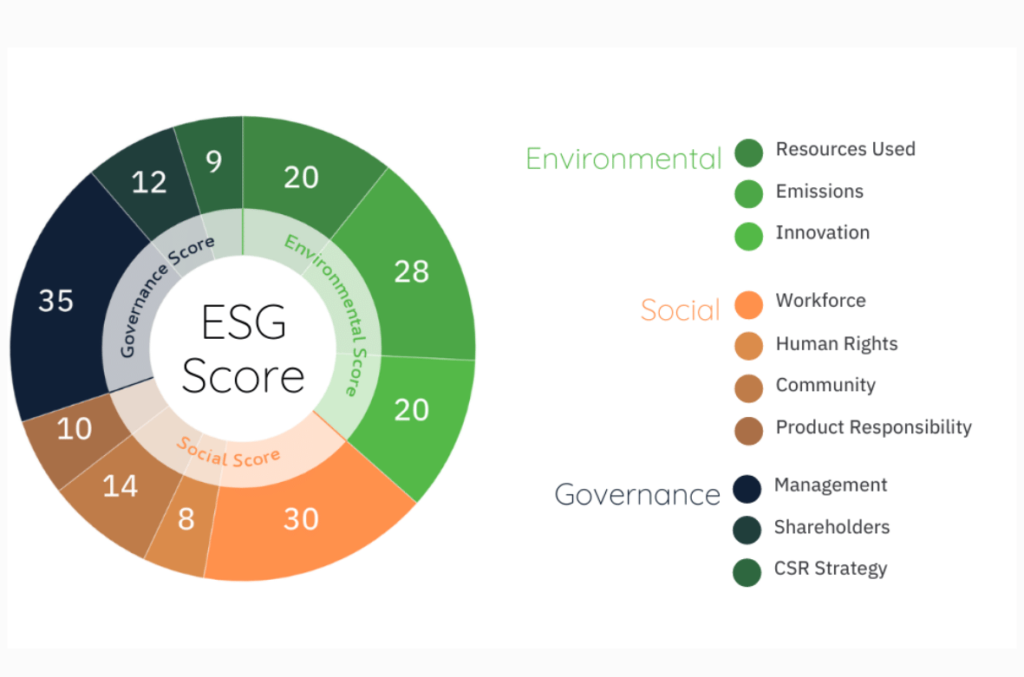
ESG Reporting and Metrics: Understanding the Landscape
Introduction:
As businesses increasingly embrace sustainability and responsible practices, transparent ESG (Environmental, Social, and Governance) reporting demand has surged. ESG reporting provides stakeholders with insights into a company’s performance in key areas. In this blog, we delve into the world of ESG reporting and metrics, shedding light on the frameworks, standards, and key indicators that organizations use to communicate their sustainability efforts.
ESG Reporting Frameworks:
- Global Reporting Initiative (GRI):
GRI is a widely recognized framework that helps organizations report their economic, environmental, and social impacts. It provides a comprehensive set of guidelines for transparent and meaningful ESG reporting. - Sustainability Accounting Standards Board (SASB):
SASB offers industry-specific standards for disclosing financially material ESG information. These standards assist companies in pinpointing the ESG factors that are most relevant to their industry. - Task Force on Climate-related Financial Disclosures (TCFD):
TCFD focuses on climate-related risks and opportunities. It provides a structured framework for companies to assess and disclose the financial impact of climate-related factors on their business.
Key ESG Metrics:
- Carbon Footprint:
Companies report their greenhouse gas emissions and efforts to reduce their carbon footprint. This metric is crucial in addressing climate change and transitioning to a low-carbon economy. - Diversity and Inclusion:
ESG reporting often includes metrics related to workforce diversity, gender equality, and inclusion initiatives. It reflects an organization’s commitment to building a diverse and equitable workplace. - Employee Engagement:
Employee satisfaction, retention rates, and health and safety performance metrics showcase an organization’s focus on employee well-being and development. - Governance Indicators:
ESG reporting includes governance metrics such as board diversity, executive compensation, and risk management practices. These indicators assess the quality of an organization’s leadership and decision-making processes. - Community Engagement:
Metrics related to community investment, charitable contributions, and initiatives that benefit local communities demonstrate an organization’s commitment to social responsibility.
Why ESG Reporting Matters:
ESG reporting enhances transparency and holds organizations accountable for their sustainability efforts. It fosters stakeholder trust, attracts socially responsible investors, and helps organizations identify areas for improvement.
Conclusion:
ESG reporting and metrics play a pivotal role in the transition toward a sustainable future. By adhering to recognized frameworks and disclosing meaningful metrics, organizations contribute to global efforts to address environmental, social, and governance challenges. ESG reporting is more than just a requirement; it’s a powerful tool that empowers businesses to align their practices with responsible values and demonstrate their commitment to building a better world.